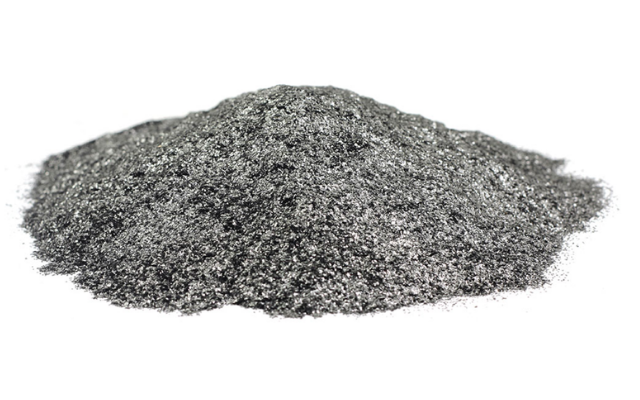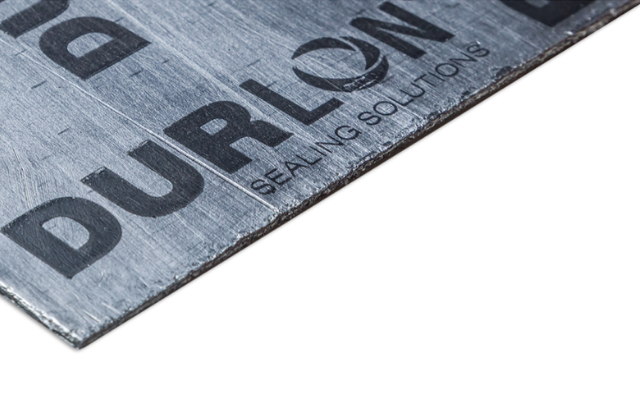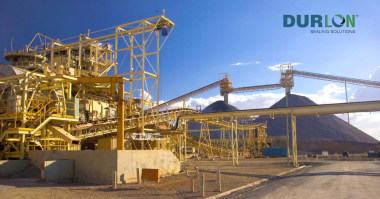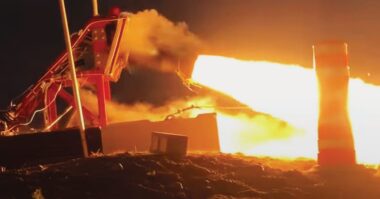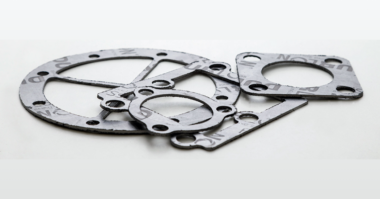Because of its versatility and sealing capabilities, Flexible graphite is becoming a favorable material for extreme service applications. From pulp and paper, and mining to chemical, petrochemical, and automotive applications, the high thermal conductivity, chemical resistance, and self-lubrication of flexible graphite lends itself well in these industries. The chemically inertness (apart from strong oxidizers) allows for the operation in a pH environment of 0-14. In addition, graphite offers high thermal conductivity and low electrical resistance.
Flexible graphite is particularly attractive to the textile industry, as it is non-hazardous and conforms to both the registration, evaluation, authorization, and restriction of chemicals and hazardous substances.
Flexible graphite sheet, made from mineral expandable flake graphite, contains a carbon content between 95 and 99 percent. The flexibility of the graphite sheet is directly proportional to the carbon content.
Typically, oxidative effects begin to appear around 450℃ (in atmosphere) and the graphite will start to degrade. However, additives like ceramics, and silicon may be used to reduce oxidative stress and increase the operational temperature.
Characteristics and Benefits:
- Asbestos-free and contains no fibers, binders or additives
- Impermeable to gases and liquids
- Suitable for service over a wide range of pressures and temperatures
- Resists thermal shock
- Maintains excellent seal ability
- Does not age, shrink or harden
- Seals easily under low to moderate bolt loads
- Highly chemical resistant
Durlon® Flexible Graphite is available in several variations. These include homogeneous sheet and laminated styles with various types of core materials. Because Flexible Graphite exhibits low electrical resistivity and high thermal conductivity, it is suitable for cryogenic temperatures and other applications; automotive, refining, and petrochemical plant processes.
Why use Flexible Graphite?
A typical high-temperature application is considered to hover around 370-425℃. For extreme and super-heated steam applications, that number reaches up to 538℃. At these temperatures, graphite can actually oxidize and become powder in a matter of seconds if operation in an oxygen-enriched environment. Therefore, gaskets for extreme temperatures must be protected.
With the appropriate sealant enabling it to withstand harsh conditions, flexible graphite remains unaffected by exposure to heat across a wide temperature range; this makes it the go-to material for high-temperature gaskets.
Flexible Graphite sheets are capable of retaining dimensional shape and will maintain an excellent seal under extreme pressures and high temperatures while most Flexible Graphite sheets are generally inflexible, rigid, and have higher leakage rates due to graphite oxidizing at lower temperatures because of impurities found in the material.
Our Durlon® Flexible Graphite sheets can be cut into any shape and size, allowing us virtually unlimited gasket capabilities. Learn more about Durlon® Flexible Graphite sheets!

